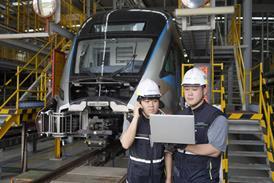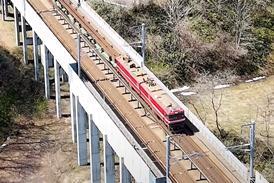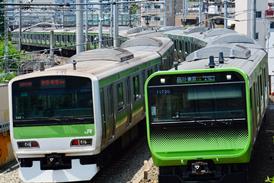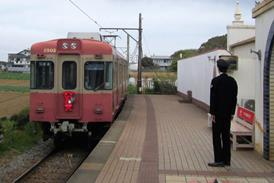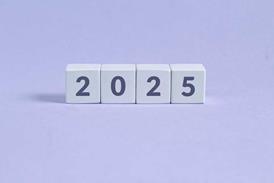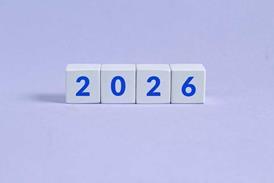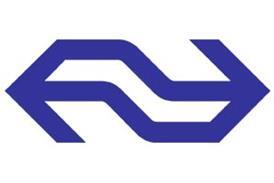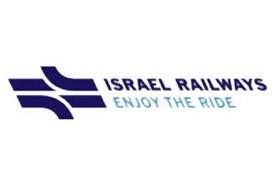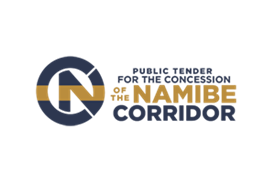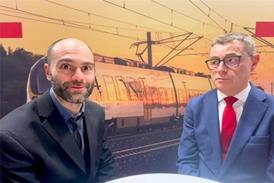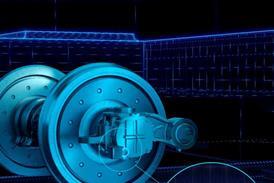Close menu
- Home
-
News
- Back to parent navigation item
- News
- Traction and rolling stock
- Passenger
- High speed
- Freight
- Infrastructure
- Policy
- Technology
- Ticketing
- Business
- Research, training and skills
- Accessibility and inclusion
- People
- Urban rail news
- Suburban and commuter rail
- Metro
- Light rail and tram
- Monorail and peoplemover
- Regions
- InnoTrans
- In depth
- Events
- Data
- Maps
- Tenders & Jobs
- Sponsored content
- Insights
Creating a path to the future
By Railway Gazette International1997-03-01T11:00:00
Superconducting MaglevINTRO: Interest at this month’s high speed railways conference in Okayama commemorating the 25th anniversary of the Sanyo Shinkansen will focus on the 300X experimental train, but JR Central is poised to start levitation trials with the maglev train on the Yamanashi test line
Already have an account? LOG IN
To continue…
You’ve reached your limit of content for the month

